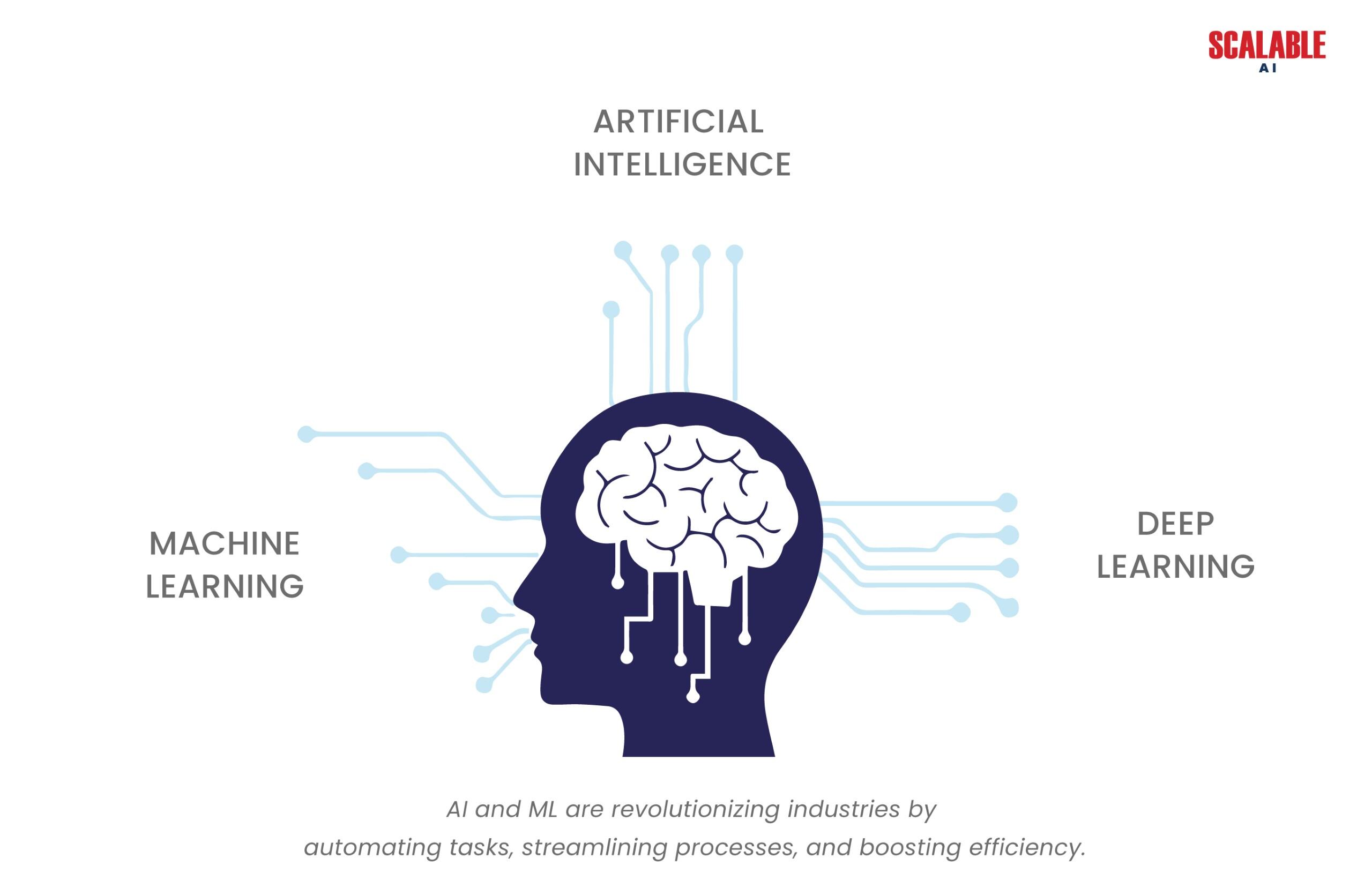Executive Summary:
As organizations increasingly embrace Artificial Intelligence integration, the deployment of AI technologies yields remarkable outcomes, transcending traditional cost-saving measures. From driving substantial revenue growth to fostering innovation and facilitating market expansion, AI’s impact is profound. However, achieving success in AI implementation demands a strategic approach and meticulous consideration of key factors. In this article, we delve into the intricacies of crafting a robust AI implementation strategy, emphasizing the critical importance of AI adoption and elucidating essential considerations for organizations venturing into the AI domain.
Exploring the Power of AI: A Global Outlook
AI is everywhere these days, especially Generative AI, catching the interest of many organizations. Lots of companies are already using AI successfully, and it’s changing the way they do things. AI and ML technologies are helping businesses automate tasks, making things faster and easier in industries like manufacturing, healthcare, and finance. A report by Frost & Sullivan found that a whopping 87% of organizations believe AI and machine learning will boost revenue and make operations better. This shows just how much AI tools are being used around the world.

Defining the Problem
Before diving into AI implementation, it’s crucial to define the problem the AI system will solve. This involves identifying the business objective and the specific task the AI system will perform. Organizations need to determine the metrics for evaluating the AI system’s performance upfront. For example, if the goal is to classify images of animals, the organization must specify the types of animals to classify, target accuracy rates, and evaluation metrics like precision, recall, and F1 score. Establishing baselines and benchmarks is essential for assessing the effectiveness of AI solutions.
Ensuring Data Quality
The accuracy of an AI system heavily relies on the quality of the data it’s trained on. Without accurate and relevant data, AI decisions may be flawed. Therefore, organizations must prioritize data quality alongside AI technology. Data cleaning and preprocessing techniques are essential to eliminate errors and inconsistencies. It’s crucial to ensure data represents real-world scenarios, such as diverse customer behaviors in business AI applications. In cases where data is insufficient, organizations may resort to generating synthetic data sources to train AI models effectively.
Data Governance for AI
Data governance is essential for maintaining the quality, integrity, and security of data used in AI applications. It involves establishing policies and procedures to control data access, ensure compliance, and protect against breaches. Effective data management practices, including organizing data and implementing access controls, are crucial for optimizing AI performance while safeguarding sensitive information.
Bridging Data Gaps
Assessing and resolving data gaps is a critical step before adopting AI. Structured and organized data form the bedrock of effective AI utilization. By establishing a robust data infrastructure, organizations empower AI to boost productivity by facilitating efficient access and analysis of information.
Smart Technology Selection
Selecting the appropriate AI technologies is paramount for strategy success, aligning with both current IT structures and long-term business objectives. Compatibility and integration are key considerations; opt for solutions that seamlessly merge with existing systems to prevent costly overhauls. Prioritize scalability and flexibility, ensuring chosen tools can grow alongside AI initiatives and adapt to evolving strategies and emerging opportunities. When selecting vendors, assess their capacity to meet specific requirements, industry expertise, and track record for support and innovation.
Seamless Integration
Integrating AI systems with existing infrastructure is a critical yet often overlooked aspect of effective implementation. This process demands meticulous planning to ensure smooth incorporation into the broader system. The AI system must seamlessly integrate to ensure accurate predictions and minimal disruption to workflows. Organizations must assess the impact on existing processes and workflows, aiming for integration that enhances productivity and minimizes operational costs. For example, when automating customer service, integration with existing platforms and comprehensive employee training optimize productivity while reducing external expenses, ultimately facilitating system improvement.
Customized Approach to AI Adoption
As organizations venture into AI, it’s evident that its deployment goes beyond cost-saving measures. The global adoption of AI signifies a transformative shift, promising revenue growth, innovation, and market expansion. Success in AI implementation demands a strategic approach tailored to each organization’s needs. By defining objectives, ensuring data quality, implementing governance practices, and selecting the right technologies, organizations can unlock AI’s full potential for innovation and efficiency.
Read Whitepaper From Silos to Synergy: Building a Smarter Organization
